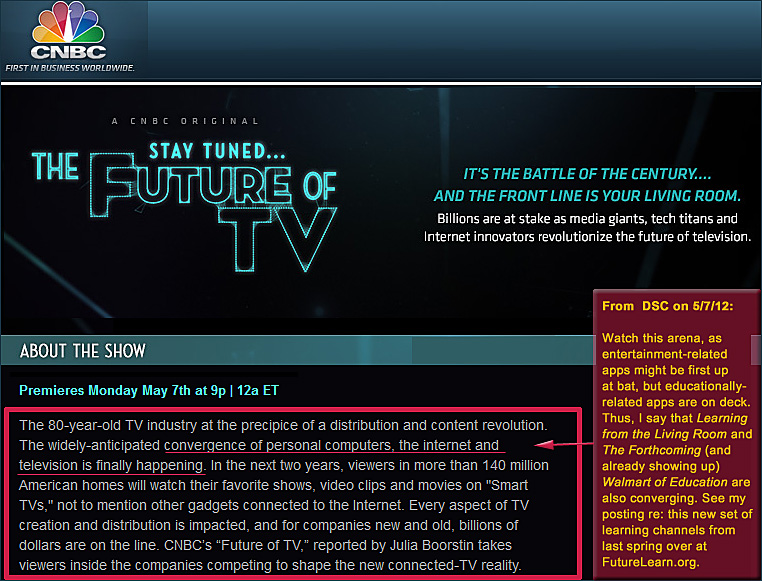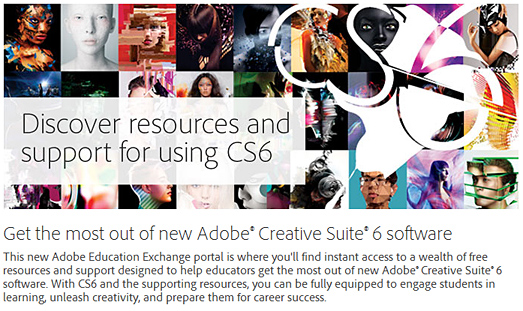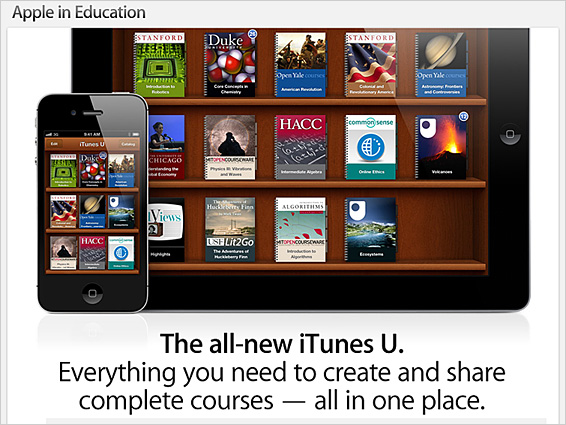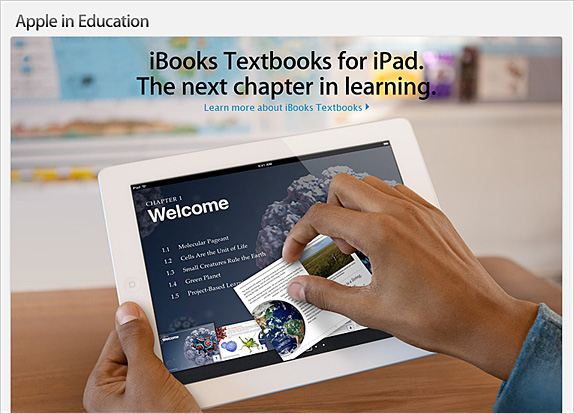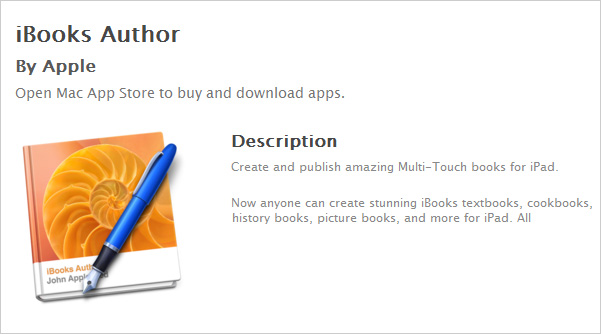 .
.
Book Description
Publication Date: December 16, 2011 | ISBN-10: 1442211415 | ISBN-13: 978-1442211414
Excerpt:
Educational reforms and standards have been a topic of public debate for decades, with the latest go-round being the State Common Core Curriculum Standards. But time and again those reforms have failed, and each set of standards, no matter how new and different, has had little impact on improving student achievement. Why? The textbooks. Textbooks sell based on design and superficial features, not because they are based on the latest research on how children learn and how well they promote student achievement. In Tyranny of the Textbook, Beverlee Jobrack, retired from educational publishing, sheds light on why this happens. She gives an engaging and fascinating look behind-the-scenes of how K-12 textbooks are developed, written, adopted, and sold. And, perhaps most importantly, she clearly spells out how the system can change so that reforms and standards have a shot at finally being effective.
Did you Know?
- Reform efforts have focused on writing and rewriting standards and tests, but these rarely have any effect on the core curriculum that is published.
- School districts and states don’t use effectiveness as a criterion for evaluating and purchasing textbooks.
- Publishers don’t offer textbooks with better content or the latest teaching methods because teachers don’t want textbooks that require them to change their practices.
- Teachers report that they don’t rely on a textbook in their class, but research shows that they do.
- Three companies publish 75 percent of the K-12 educational materials.
- Those three companies are producing similar programs with the same instructional strategies, none of which require teachers to change their practices significantly.
- Publishers write textbooks for California and Texas. All the other markets have to make do with books only superficially adjusted for their states.
From DSC:
I originally saw this at:










